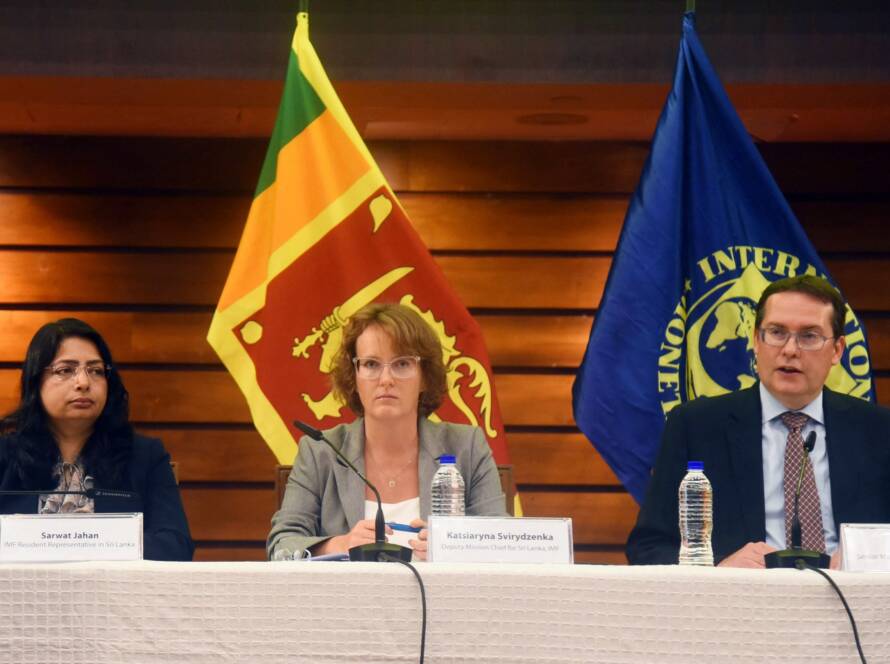By Malidu Mihisara
Aluth alut de nothanana jaathiya lowa nonagi
Siga kema beri wunu thana lagii gaya mara gii
These lines were written by the Sri Lankan poet and author Cumaratunga Munidasa. A nation that does not innovate, he observes, will never prosper, and will eventually have to beg.
I would like to go beyond Munidasa’s reading. Innovations not only strengthen countries. They also connect them. Viewed this way, innovations are the bedrock of bilateral ties. Taiwan, Vietnam, and South Korea all made innovation a cornerstone in their foreign policy.
These countries grew by leaps and bounds because of foreign investments. These investments did not just come to them. They had to be buttressed by strong, effective policies. Key among them was the prominence that their governments attached to innovation, as a precursor to industrialization, a policy which encouraged foreign entities to set up factories.
This is particularly true of Japan and China. Both countries generated much innovation through the production of high-level industrial goods. That pushed foreign companies to invest in factories, thus facilitating important linkages with other countries and regions.
Unfortunately, Sri Lanka failed on this front. It did not lack innovators. However, for some reason, innovation did not flourish. The best example would be the two-wheeled hand tractor. Created by Ray Wijewardene, the machine was not manufactured in mass quantities, and was patented abroad. A similar example would be Bandula Wijayaratne’s Angioplasty Catheter. Today, Wijayaratne resides in the US, a country that is far, far more receptive to such inventions.
The flipside to this is that media organizations tend to promote the wrong kind of innovation, particularly in countries like Sri Lanka. Undue publicity, in fact, can be as bad as no publicity at all. The best example for this would be the Dhammika Paniya, a clinical and medical failure. Another would be the mercury electricity generator, once touted as a solution to the electricity crisis, but an innovation and invention that carried a prohibitively high production cost.
Solar panels are another highly controversial innovation. From an environmental point of view, it makes sense. Yet given the high capital and battery replacement costs, one wonders whether, from an economic point of view, it is feasible in the long run.
On the other hand, innovations are made in sectors usually not associated with innovation. A good example would be agricultural and food products. These products, such as jackfruit, are in high demand in other countries, particularly in the West. Though it is debatable whether a country can or will earn much from these crops, dietary shifts in the West should alert officials to the need to focus on food innovation, to shore up the country’s meagre export earnings.
Another sector is health. Prior to the economic crisis, Sri Lanka faced a health crisis. There were several inventions which helped the country manage the pandemic better. These included open-source ventilators, automatic hand sanitizers, and semi-automated telepresence robots. Through such innovations, the country also saved much foreign exchange.
The private and corporate sector should take the lead in fostering innovation in the country. VEGA is perhaps the prime example. Though still at testing stage, the VEGA car holds much potential, as does VEGA’s electric three-wheeler. At the same time, it is questionable whether a normal three-wheel driver can or will ever be able to afford such vehicles.
In fact, my view is that innovation at company and corporate level – that is, innovation in the private sector – is marginal and inconsequential in Sri Lanka. The most obvious reason for that is the lack of financial capital. Another is the lack of funding for research and development.
In addition to governments and corporations, three other entities serve a pivotal function in fostering a culture of innovation: official commissions and bodies; banks and financial institutions; and universities. Sri Lanka lacks none of these.
The Sri Lanka Inventors’ Commission is mandated to encourage young inventors and inventors in Sri Lanka and to help them obtain the funds they require. One of their programs is a Food Products Commercialization Symposium, which was launched to encourage food innovation. In November last year, the organization signed an agreement with the Regional Development Bank (RDB) to provide loans “at the lowest rates in the market” to local inventors.
Universities are critical in fostering innovation, in encouraging ideas that create new products. Universities are not just the bedrocks of innovation. They are also crucial intermediaries between the country and the world. To give a recent example, the Nasal Airflow Detection and Flow Rate Measuring System, designed by Dr Mahesh Edirisinghe and Thimira Thilakarathna at the University of Colombo, managed to travel abroad and gain international fame.
Although, unfortunately, Sri Lankan media did not promote it as it should have, the device won a Gold Medal and a World Inventors’ Association Grand Award at the 4th World Invention Innovation Contest in 2018. This marked the first time Sri Lanka won such an award.
One final example. The Sri Lankan Institute of Nanotechnology has been carrying out commercial level innovations since 2008. Through their efforts, graphene, advanced gold therapy cosmetics, hydrophobic coating, and other items have been put out for mass production.
There are several points that need to be noted when considering innovation in Sri Lanka. First and foremost, the bulk of innovations which get media attention, and which are touted as the solution for this problem or that, are commercially unfeasible. The reason why such innovations gain traction and popularity is, simply, a lack of awareness on the part of people, who do not possess the requisite skills and knowhow to understand which innovations work and which don’t.
In this respect, it is deplorable that media organizations, and society, do not pay enough attention to advanced innovations. That has also been due to a lack of funds. Given the bureaucratic hurdles that inventors must undergo in countries like Sri Lanka, moreover, the fact that they give up or migrate to greener pastures should surprise no one. This needs to be redressed, urgently.
Malidu Mihisara is a freelance analyst who completed his A Levels earlier this year. His areas of interest include geopolitics, economics, and culture.
Factum is an Asia Pacific-focused think tank on International Relations, Tech Cooperation, and Strategic Communications accessible via www.factum.lk.
The views expressed here are the author’s own and do not necessarily reflect the organization’s.


